
Death’s Door is an amalgam of several fan-favorite genres. There are the obvious Zelda-Metroidvania elements that always inspire exploration and a sense of adventure. When starting our Death’s Door review, we found there is also the Souls-like design choices that include vague or cryptic storytelling and the always tense, risk versus reward combat.
There are many gaming pastiches that make up the foundation for Death’s Door and it all comes together in a very stylish and unconventional looking art style. The minimalist presentation and focus on density over mass make the pacing feel tight and that there is never a dull moment.
The premise is surely odd enough to elevate the traditional Zelda-like game loop and the challenge won’t disappoint thrill-seekers. Its gameplay may seem standard, but could there be something more to this little birdie? Find out in our Death’s Door review.
Death’s Door
Developer: Acid Nerve
Publisher: Devolver Digital
Platforms: Windows PC, Nintendo Switch, Xbox One, Xbox Series X|S, PlayStation 4, PlayStation 5 (reviewed)
Release Date: November 23, 2021
Players: 1
Price: $19.99 USD
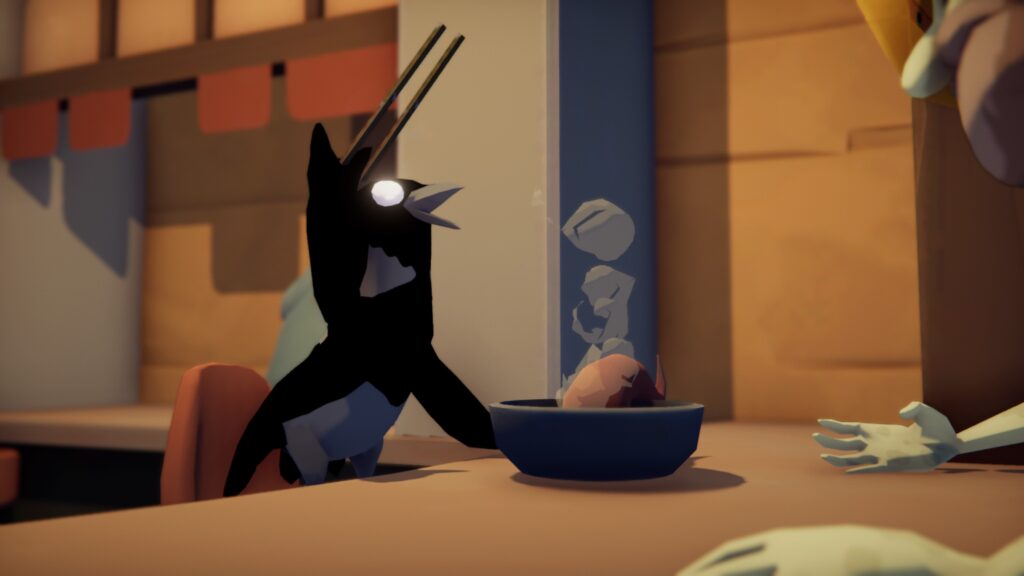
A crow being a reaper of the living makes a lot of sense. Crows have historically been associated with the dead; being a creature of carrion, they would always be near any animal close to death. The protagonist of Death’s Door happens to be a crow who works a dead-end job as a reaper.
Being a reaper is not all the cool cloaks, scythes, and playing chess with Max von Sydow. This is a job that is tied up with tedious bureaucracy and insipid rules. All the other reapers lament their positions and it is hilariously unglamorous or cool.
Details like the much older and overweight reapers looking exhausted from filling out huge stacks of paperwork in the hub area go a long way at selling the idea that this is a menial office job. Exploring this area will show sometimes they even take smoke or coffee breaks. Then, the protagonist’s first assignment goes awry.
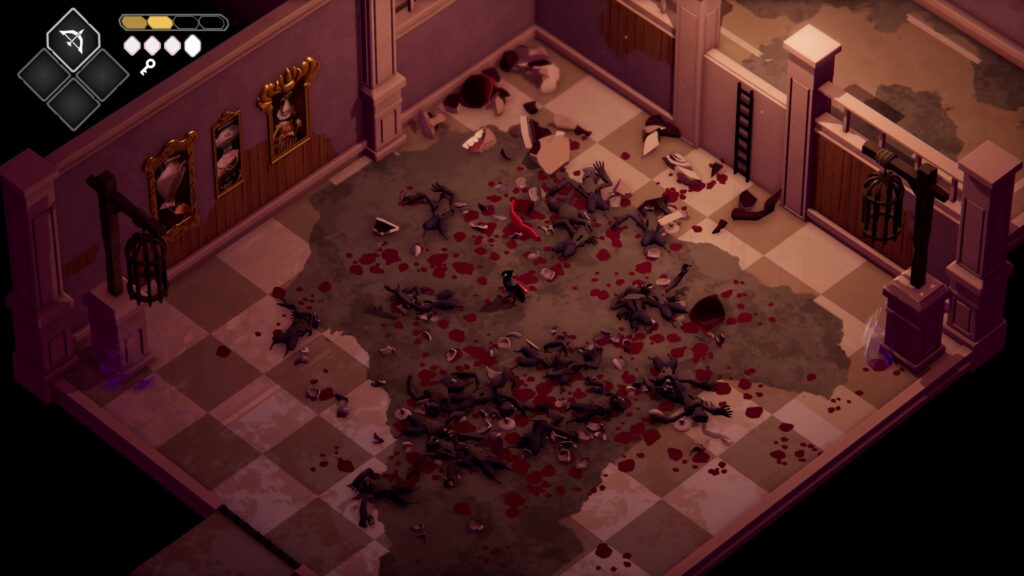
Not only does the player’s first mark put up a fight, but its soul gets taken by another mysterious reaper. This sets in motion an elaborate quest to seek the thief and to reap the souls of several tyrants from their respective realms. There will be many bloody battles and confusing labyrinths to navigate if this crow wishes to get through his first day on the job.
What transpires is an adventure with a colorful cast of oddballs who are acquainted with death. Everyone has their story to tell and what dying means to them. There are some surprisingly profound moments of poetic irony and amusing black comedy that meshes well with the visual style.
Characters are often quirky, but never in the obnoxious indie game scene way. Dialogue never relies on dated memes or references. Everything is grounded in a very believable fantasy setting where there are defined rules and internal logic; so when things happen, they feel earned.
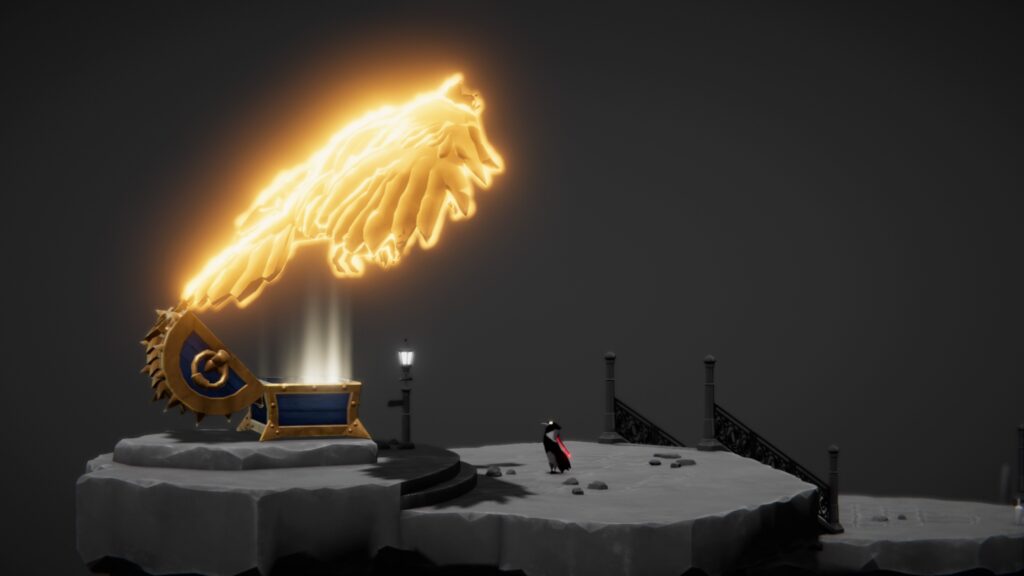
Character designs are very well defined and are easy on the eyes with simplicity. Soft gradients instead of ornate textures add a softness to the cast of characters. Material details are purposefully restrained, so as to not make the image feel so busy.
At times, the diorama-like environments almost resemble physical models thanks to the photographic depth of field effects and particles, which give much needed grit. Color is especially thoughtfully used throughout the entire game. The main hub area is a droll office and is complete lifeless gray; only the bright glowing red sword of the player stands out.
The forest zone is an appropriately lush looking environment; festooned with wafting fireflies that make the ambiance feel magical. The Witch’s mansion is a gaudy place, and that’s an understatement by some standards. It has lavish decor, rich purples, and lavenders to make it a creative choice for a dungeon in a Zelda-like.
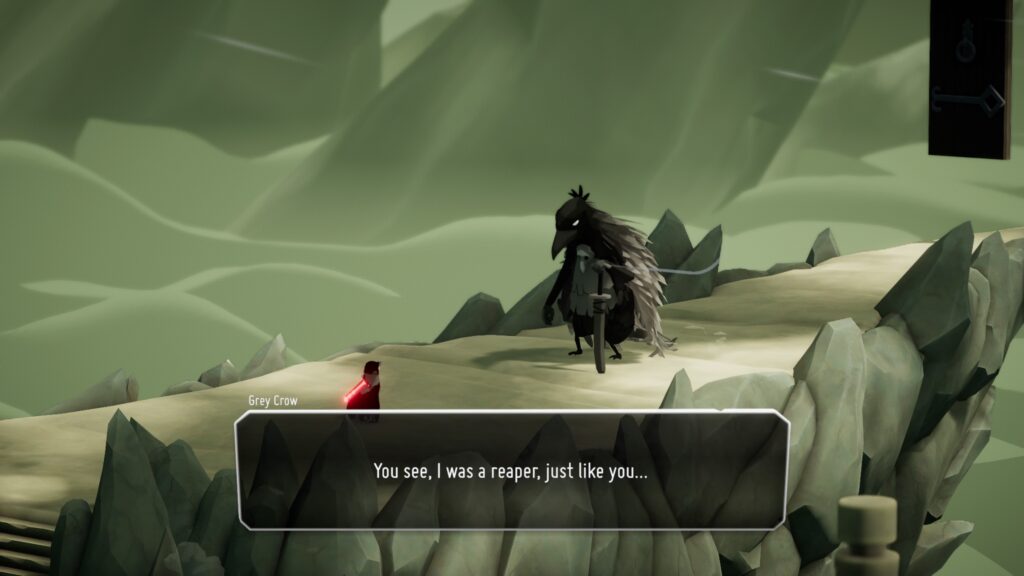
The world is very engrossing, thanks to how well laid out the level design is. Areas always cheekily loop back to earlier areas in surprising ways, or a shortcut is revealed which will cut down on travel time from respawning from death. Asset recycling is also kept down to a minimum and only to a point where it would make sense.
There is no map for the player to rely on, so level design emphasizes on bespoke layouts and distinctive landmarks that leave a memorable impression. Getting lost is fleeting; the many doors that lead back to the hub office are a helpful fast travel mechanism that makes getting around smooth and easy
Even when taking a break from developing this Death’s Door review, getting back into the swing of things came naturally thanks to the lean amount of tools and minimal fluff. The gameplay is focused with its questing, and optional objectives are discovered with no fanfare – making them feel more like the player is more of a explorer without the sensation of filling out a checklist.
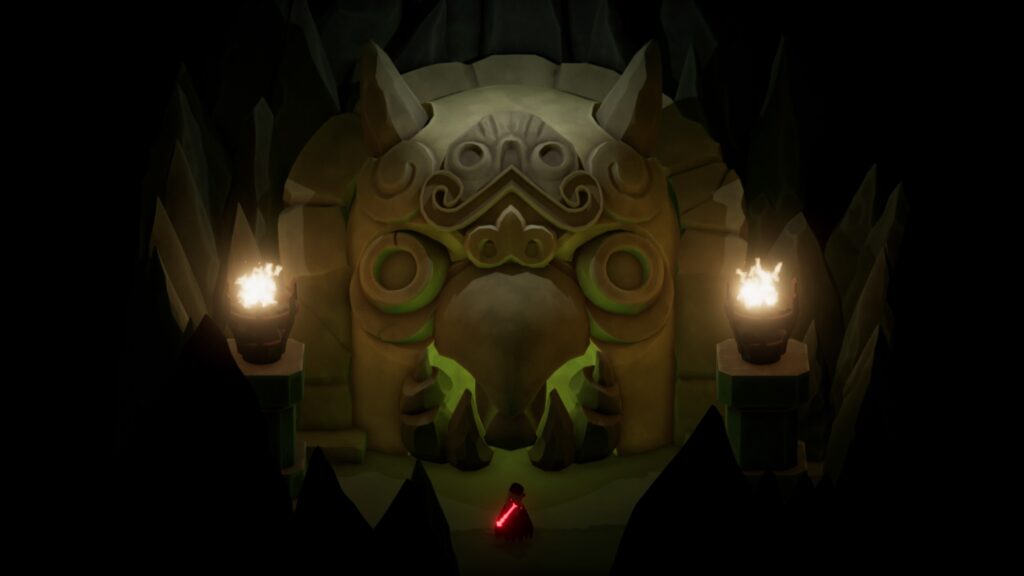
While exploring the various realms and entering mysterious doors, the player-reaper will inevitably get into scraps with monsters and bizarre golems. Death’s Door combat is very finely balanced; the protagonist can only take a few hits, but so can the enemy. Battles become very fast paced and tense despite the low range of attacks and maneuvers.
This isn’t like in a Zelda game where Link can end up with a huge pool of hearts where he can tank hits. The few hits that the reaper gets matter because health drops only can be picked up at designated spots and they only replenish upon death or by returning to the hub. This is not enough; the player must first have a seed to plant in the pot when first discovering it.
Health is a very important commodity, but so is magic power which also functions with charges. This is how the hero can use ranged or magical attacks and uses are limited. Like health, MP is very limited but is regained by landing physical attacks with the main melee strikes. It is a very effective yet simple tug-of-war dynamic and encourages players to use all of the reaper’s abilities when engaging the enemy.
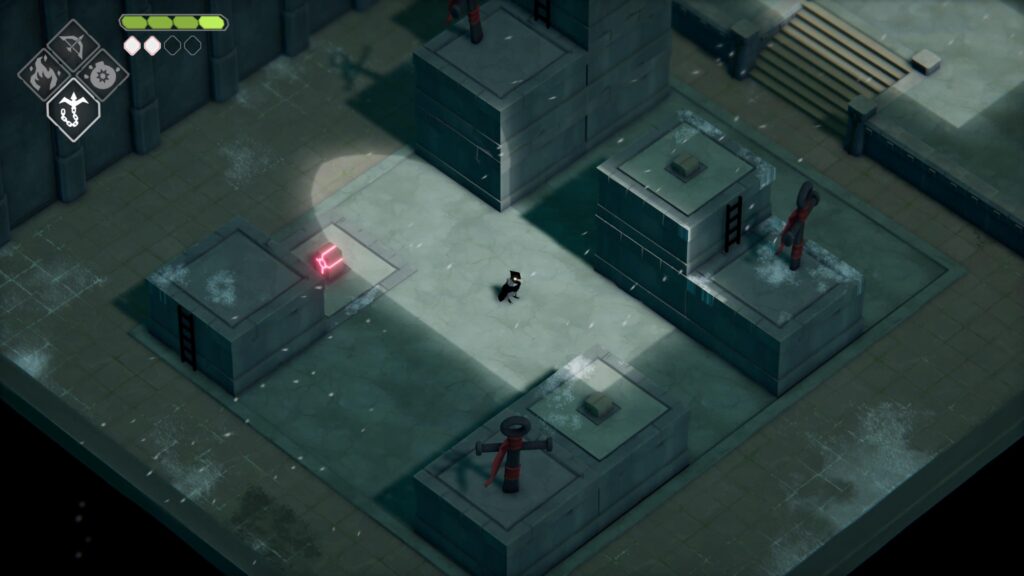
When getting swarmed after getting locked into a room full of teleporting wizards and fully armored boys, showdowns can get frantic. The arenas will often be dastardly designed with pits to fall from that will claim a hit or will permit vantage points for some cheeky ranged battles.
Dodging feels appropriately kinetic and responsive. Rolling into a follow-up heavy attack has a visceral crunch when connecting to a boss’s weak point. Battles are ultimately made interesting thanks to how the designers stretch such simplistic gameplay mechanics to their creative zenith.
When not throwing down, Death’s Door has players moving through the world at a brisk pace, solving puzzles and opening up shortcuts. There is never a dull moment while exploring this melancholic world and it is enhanced by its soundtrack.
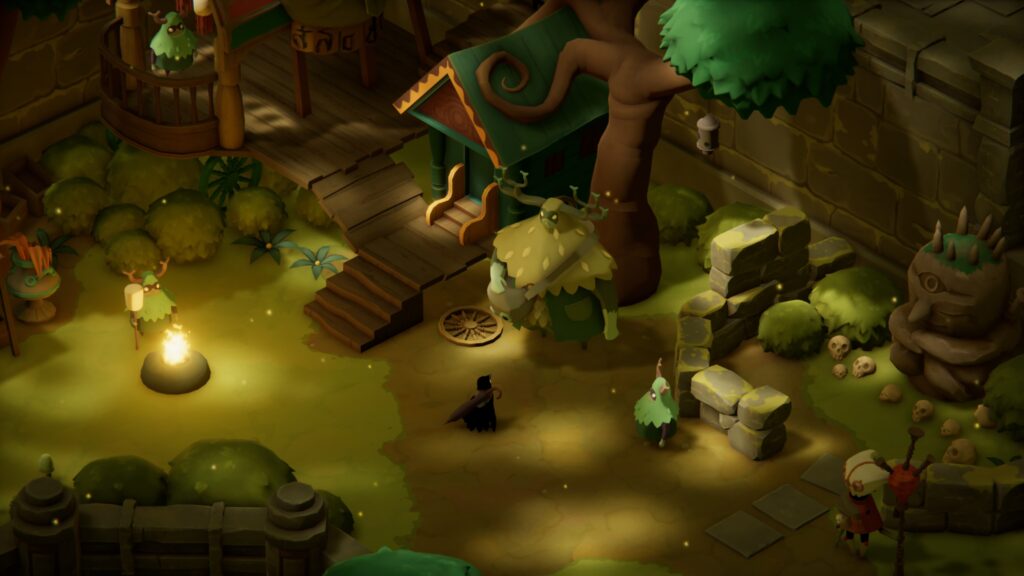
Death’s Door has a very specific leitmotif and it gets many arrangements through out the adventure. It is typically a very pensive and somber piece of music that emphasizes the fragility of life while roaming the dreary landscapes. The vistas play off the score in an effective way, drawing the player in the world to reflect on past battles.
The same leitmotif will be used in boss battles, but will become an intense and energetic piece as electric guitars accompany the melody. This simple trick is incredibly effective at rousing excitement and stimulates emotions as the battles intensify.
When the battle ends or a soul is freed, more of the narrative unfolds. While developing my Death’s Door review, no one could have been prepared for the surprising amount of black comedy in the story and characters. Despite the unexpected giggles, the game still has curveballs of genuine heart and drama.
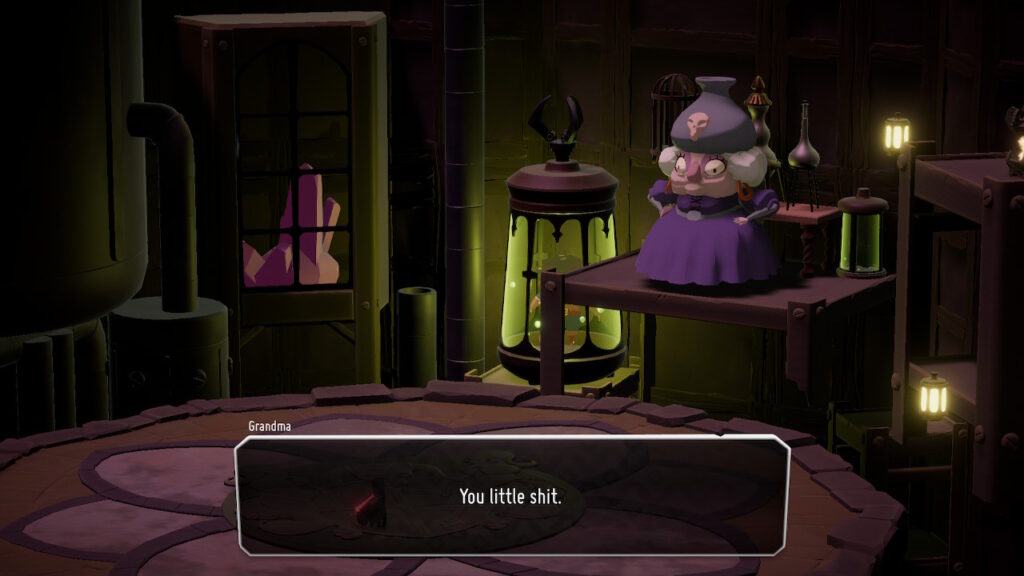
Death’s Door is a very polished and lovingly crafted action adventure game. It is seemingly a very personal game from the developers and it is steeped with creative ideas in regards to characters and designs. The gameplay is somewhat vanilla, but the ambiance and style elevate the material.
The premise does not get bogged down in superfluous side-plots and the goal is always clear. Death’s Door is utterly focused and lean; its imaginative characters and dialogue go a long way into adding personality into something that could have been overly melodramatic.
At worst, the most annoying aspect while casing Death’s Door review was the lack of punishment for failure. There is no “soul dropping” like in all Souls-likes and the only penalty is a brief walk back to where the reaper died. This is a very minor disappointment in an otherwise exceptional indie game that will deliver on its promises and give player’s their money’s worth.
Death’s Door was reviewed on PlayStation 5 using a copy provided by Devolver Digital. You can find additional information about Niche Gamer’s review/ethics policy here. Death’s Door is now available for Windows PC (via Steam), Xbox One, Xbox Series X|S, Nintendo Switch, PlayStation 4, and PlayStation 5.